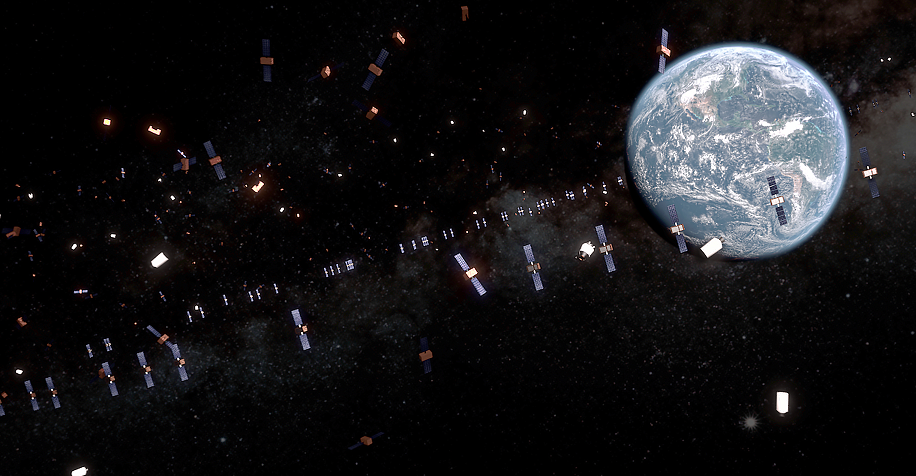Episodes
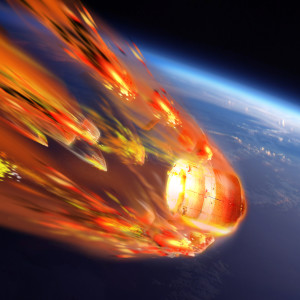
Monday Mar 15, 2021
ESA-UNOOSA on space debris: The role of reentries
Monday Mar 15, 2021
Monday Mar 15, 2021
What goes up, nearly always comes back down. Roughly 100 satellites and rocket bodies reentered Earth's atmosphere every year in the last decade. It might sound scary, but atmospheric reentries are nothing to be worried about - in fact they are a fundamental tool in minimising the creation of space debris and ensuring a sustainable future in space.
In this podcast, episode 5 in the ESA-UN space debris series, Stijn Lemmens and Jorge del Rio Vera it discuss the risk from reentries and why they are so important.
While you listen, check out the corresponding ESA-UN infographic that illustrates this topic: www.esa.int/ESA_Multimedia/Imag…e_role_of_reentries.
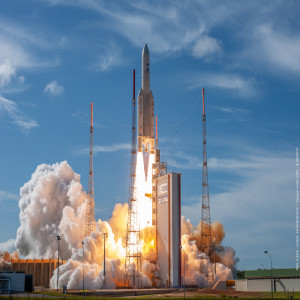
Wednesday Mar 03, 2021
ESA-UNOOSA on space debris: We're launching more than ever
Wednesday Mar 03, 2021
Wednesday Mar 03, 2021
Since the beginning of the space age, with the launch of Sputnik in 1957, we have launched thousands of rockets carrying more than ten thousand satellites into space.
In recent years, this number has dramatically increased, as well as the variety of missions being flown. In this podcast, episode #4 in the ESA-UNOOSA space debris series, Ian Freeman and Francesca Letizia discuss what these changes mean for the future of spaceflight and the creation of space debris, While you listen, check out the corresponding infographic that illustrates this topic: https://www.esa.int/ESA_Multimedia/Images/2021/03/We_re_launching_more_than_ever#.YD9ND2zPUaw.link
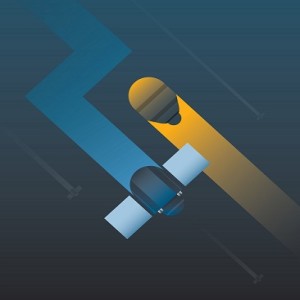
Friday Feb 26, 2021
ESA-UNOOSA on space debris: The cost of avoiding collision
Friday Feb 26, 2021
Friday Feb 26, 2021
Space might seem an empty, vast expanse, but satellites in Earth's orbit face the constant risk of collision - with other satellites and rockets, dead or alive, or with fragments of their debris.
It is now routine for operators of spacecraft in busy highways to divert their mission out of harms way. In fact at ESA, each mission flown performs on average two 'collision avoidance manoeuvres' per year.
In this podcast, episode 3 in the ESA-UN space debris series, Benjamin Bastida Virgili and Hazuki Mori discuss the cost of these manoeuvres and what can be done.
While you listen, check out the corresponding ESA-UN infographic that illustrates this topic.
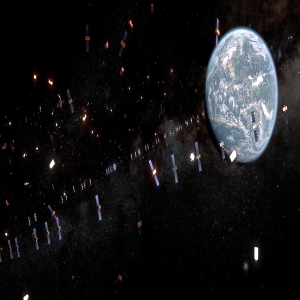
Friday Feb 26, 2021
ESA-UNOOSA on space debris: Falling to Earth takes a long time
Friday Feb 26, 2021
Friday Feb 26, 2021
Our planet's atmosphere gradually slows down satellites in orbit and brings them back down to Earth. However, depending on their altitude, this process can take an extremely long time. Had the dinosaurs launched a satellite into the furthest geostationary orbit, it would still be up there today. So, what do we do with spacecraft once they reach the end of their lives?
In episode 2 in our ESA-UN space debris series, Francesca Letizia and Xing-Yi Ang discuss the problem of slowly returning satellites, and what needs to be done to responsibly dispose of them at the end of their lives.
While you listen, check out the corresponding ESA-UN infographic that illustrates this topic.
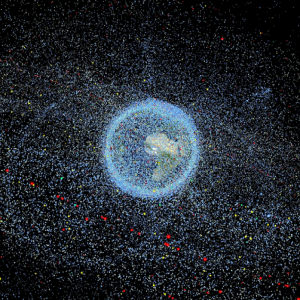
Friday Feb 26, 2021
ESA-UNOOSA on: Satellites vs space debris
Friday Feb 26, 2021
Friday Feb 26, 2021
Satellites in orbit share near-Earth space with millions of fast-moving and dangerous debris objects. Tim Flohrer, Head of ESA's Space Debris Office, and Nathalie Ricard, Scientific Officer at the UN Office for Outer Space Affairs (UNOOSA), discuss the scale of the debris problem, asking what are our satellites are up against?
While you listen, check out the corresponding ESA-UN infographic that illustrates this topic.
